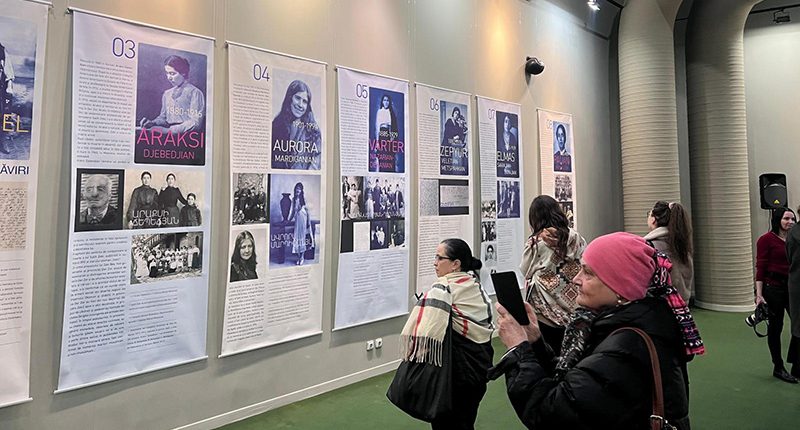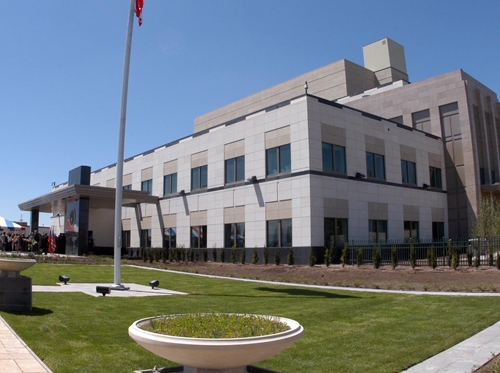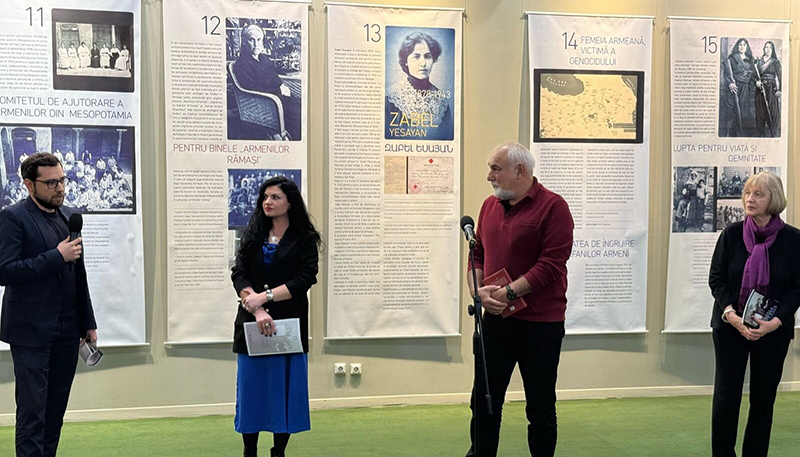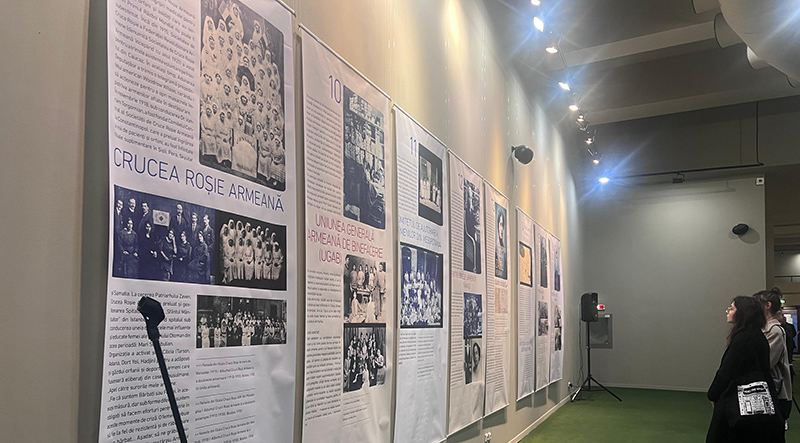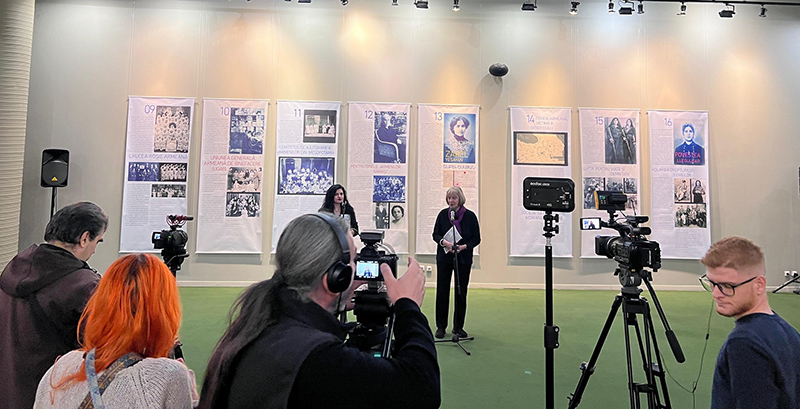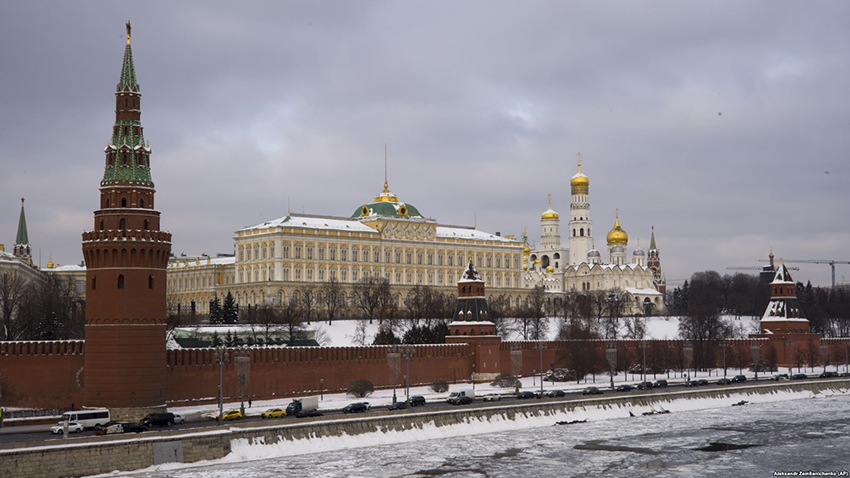BUCHAREST — In commemoration of the 110th anniversary of the Armenian Genocide, the Armenian Genocide Museum-Institute (AGMI), in collaboration with Armenian embassies, diaspora organizations, and international institutions, is organizing a series of events to honor the memory of the innocent victims of the genocide.
As part of this initiative, the exhibition titled “The Armenian Woman: Victim and Hero of Genocide” opened recently at the “Rotonda” Hall of the National Theatre in Bucharest, Romania. The exhibition was organized by the Armenian Cultural Center of the Union of Armenians of Romania, in cooperation with the Embassy of Armenia in Romania, the Diocese of the Armenian Church, the Armenian Genocide Museum-Institute, and the National Theatre of Bucharest. Following this exhibit, another titled “Strunga: A New Home for Armenian Orphans” was also inaugurated.
“The Armenian Woman: Victim and Hero of Genocide” highlights the courage and suffering of Armenian women during the genocide. Through photographs, stories, and testimonies, the exhibition reveals the faces and fates of women who fought to survive.
At the opening, Adriana Popescu, a representative of the National Theatre, welcomed the attendees and emphasized the importance of such exhibitions for the Romanian public, as they provide insight into lesser-known episodes of the Armenian people’s tragedy.
Tigran Galstyan, Armenia’s Ambassador to Romania, noted that many genocide survivors dispersed across the world, including Romania, while a significant number resettled in Armenia. As a result, nearly every Armenian family carries the story of a survivor. He also reminded the audience that the Armenian Apostolic Church canonized the innocent victims of the genocide years ago, which holds deep spiritual significance.
Bishop Tatev Hakobyan, Primate of the Armenian Diocese in Romania, remarked that the year 1915 represents the saddest chapter in Armenian history, when the nation lost its homeland and nearly three-quarters of its population. Around 6,500 clergymen were killed, 60 dioceses were destroyed, and only about 350,000 Armenians managed to escape through the desert to other countries. This diaspora has led to the presence of Armenian communities and churches in more than 160 countries today.
Varujan Vosganian, President of the Union of Armenians of Romania, emphasized the deep connection Armenians feel with one another, even in distant corners of the world—often, a mere glance is enough to recognize a fellow Armenian. Vosganian also read excerpts from his novel “The Book of Whispers”, quoting testimonies from foreign consuls about the massacres of Armenian women.
The exhibition will remain open to the public for one month.

